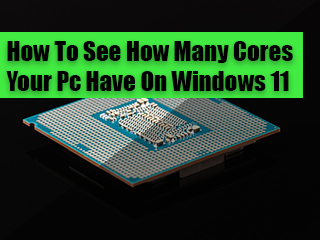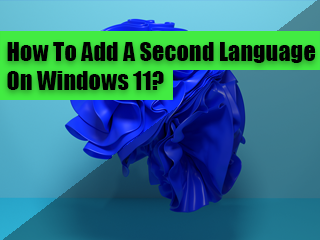Uninstall Xbox Game Bar
Uninstalling the Xbox game bar is an easy process. You can do it with PowerShell easily.
Type on the windows search bar PowerShell, and when it appears correct, click and run as administrator.
Then enter the code:
Get-AppxPackage Microsoft.XboxGamingOverlay | Remove-AppxPackage
Uninstall Xbox Game Bar-solved. You might need to restart your pc.
What is Xbox app?
The Xbox app is for Windows 8, Windows 10, Windows 11, Android, and iOS. It acts as a companion app for Xbox video game consoles, providing access to Xbox network community features, remote control, and second screen functionality (formerly branded as SmartGlass) with selected games, applications, and content.
On Windows 10, the app additionally serves as a launcher for PC games installed on a device
(including games obtained from Microsoft Store, Bethesda.net, Battle.net, Steam,
GOG.com, Epic Games Store, Humble Bundle, Origin, and Ubisoft Connect),
provided access to the system’s screen recording functions, and streaming of games
from an Xbox One console on a local network.
What is PowerShell?
PowerShell is a task automation and configuration management program from Microsoft,
consisting of a command-line shell and the associated scripting language.
Initially, a Windows component only, known as Windows PowerShell,
was made open-source and cross-platform on 18 August 2016 with the introduction of PowerShell Core.
The former is built on the .NET Framework, the latter on .NET Core.
In PowerShell, administrative tasks are generally performed via cmdlets (pronounced command-lets), which are specialized .NET classes implementing a particular operation.
These work by accessing data in different data stores, like the file system or Windows Registry,
which are made available to PowerShell via providers.
Third-party developers can add cmdlets and providers to PowerShell.Cmdlets may be used by scripts,
which may, in turn, be packaged into modules. Cmdlets work in tandem with the .NET API.



